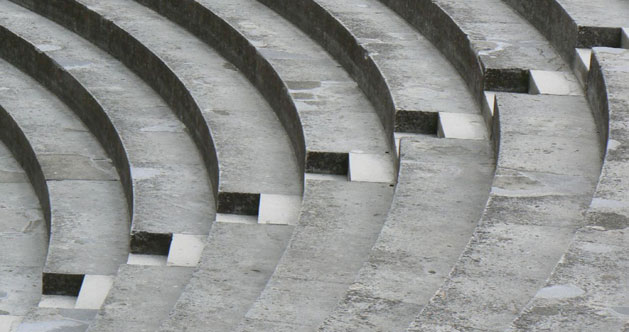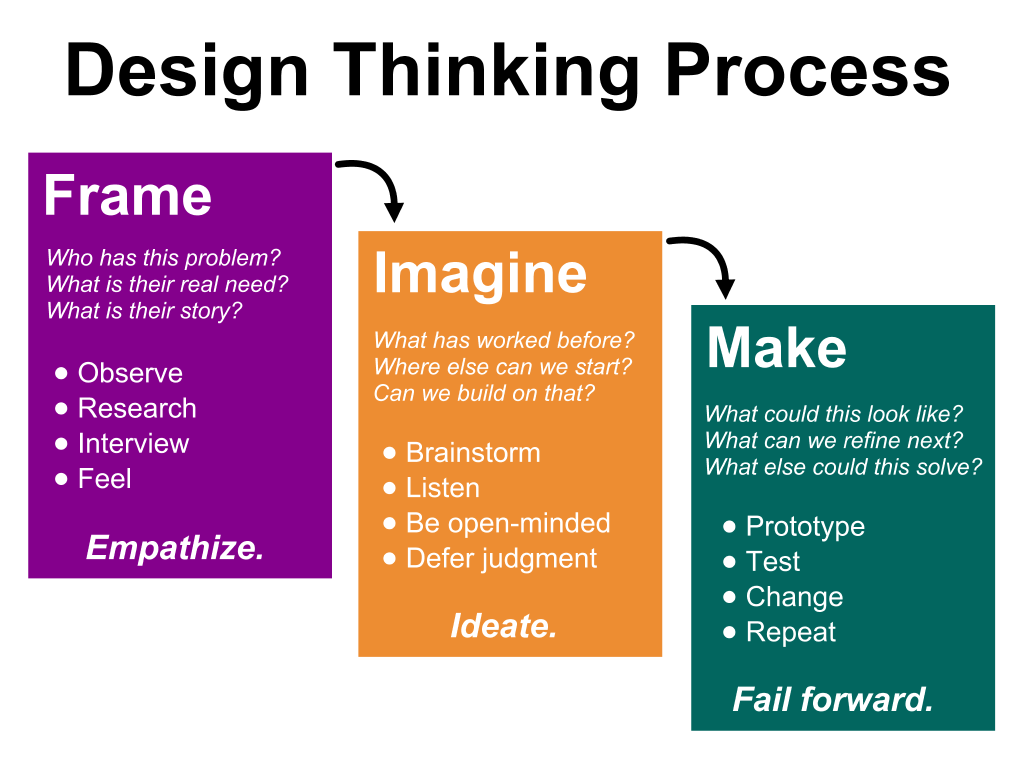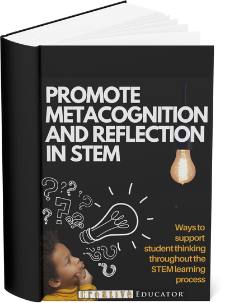
Use a design process to take a STEM approach in any subject

In recent years, STEM has become increasingly popular in education. In a STEM classroom, instruction takes a unified approach to the normally separate subjects of science, technology, engineering, and math. Educators in these classrooms and schools often teach during larger blocks of time to support deeper thinking and build problem-solving skills.
The STEM model is founded on the belief that the separation of these disciplines is done mainly for convenience, not for more effective learning. The more “holistic approach to curriculum” through STEM is designed to help students:
STEM classrooms ask students to work on problems that blend, or blur, the lines between disciplines and require knowledge and thinking across them. It is believed that this approach better prepares them to solve problems in an increasingly complex and connected world, ensuring that they will be career-ready and globally competitive.
Some educators say that the arts are an integral part of STEM and shouldn’t be excluded from this interdisciplinary approach. In this broader approach, called STEAM, students share their thinking and ideas from STEM classrooms in creative ways, such as song lyrics and multimedia forms of communication.
Even if you aren’t at a STEM or STEAM school, you can help students think more deeply and integrate ideas across disciplines in your classroom by:
A design thinking approach, or a design process, can help you get students questioning, thinking, and making in both STEM and traditional single-subject classrooms. While creative designers have been using this process for almost fifty years, this process has more recently found its way into education, especially in maker spaces.
There are many models for the steps in design thinking, but they generally follow a process of defining the problem, coming up with ideas, making prototypes or designs and then improving them.

The process begins as you define, or frame, the problem according to the needs and desires of the people encountering it. You empathize with the audience for the problem, so that you can better identify what is actually needed and develop solutions to the issue.
Next, you work to imagine possibilities that address the specific needs you have defined. This part of the phase is about volume of ideas, not quality of them.
Next, you make your ideas real by creating designs and prototypes. The initial designs and products you make aren’t the end of the process, but a first attempt at a solution. You continue work by evaluating the first attempt as a prototype; testing, getting feedback, and learning from “failure” to make changes and improvements in a next version.
The process is repeated until you get a result you will use to move forward. In some models, like the Engineering Design Process used by the Museum of Science in Boston, improving is a separate step in the process.
The goal of a STEM approach is to get students solving complex problems that require thinking across disciplines. It doesn’t matter if you are a STEM school, or even which process you utilize. What matters is challenging students to think, know, and question across disciplines, building both creative and analytical thinking skills and learning when to use them.
In language arts class, you can use literature you are already reading to connect to STEM thinking. Literary characters encounter problems all the time, so ask students to design alternative paths to action for them. They may not be making something, but they are thinking both creativity and analytically about both the text and their experiences outside the classroom.
If you want to get language arts learners creating and prototyping in a more direct manner, ask them to build new versions of the structures they encounter in stories, such as a better house for a fourth pig or an alternative way across the river for the Three Billy Goats Gruff. Then, ask them to present their work through written, oral, and multimedia forms of communication.
In social studies classrooms, challenge students to find new solutions to problems encountered by people in history. They can analyze research and other historical events to find creative alternatives. They can collect and analyze mathematical data to develop their own solutions to social science issues and share them using technology tools.
In the physical sciences, students can connect to engineering, not by repeating someone else’s steps to build a bridge or roller coaster or boat, but by developing prototypes in response to a specific design challenge. These prototypes, and the changes made to improve them, help teachers identify learner misconceptions and help students develop deeper understanding of concepts. If you are a single-subject science or math teacher, give students tasks that help them see the connections between these two disciplines.
No matter exactly how you deploy the ideas in a STEM approach, remember the goal is to help students connect ideas between disciplines to think more deeply about our world. Challenging students with complex problems that require ideas and information from multiple subjects can better prepare them to tackle the issues facing our world today and into the future.

SUPPORT
STEM DESIGN
PROCESS
Get step-by-step design ideas, printable organizers, routines, and formative assessments to support student thinking in STEM.

Follow us on Instagram for daily inspiration

Create a thought web, cluster, flowchart, or other graphic organizer for a lesson
Creating timelines with Wixie's Mind Map tool
Creative, digital book reviews
Fun and powerful ideas with animated characters

Wixie
Share your ideas, imagination, and understanding through writing, art, voice, and video.

Rubric Maker
Create custom rubrics for your classroom.

Pics4Learning
A curated, copyright-friendly image library that is safe and free for education.

Wriddle
Write, record, and illustrate a sentence.

Get creative classroom ideas delivered straight to your inbox once a month.
Topics